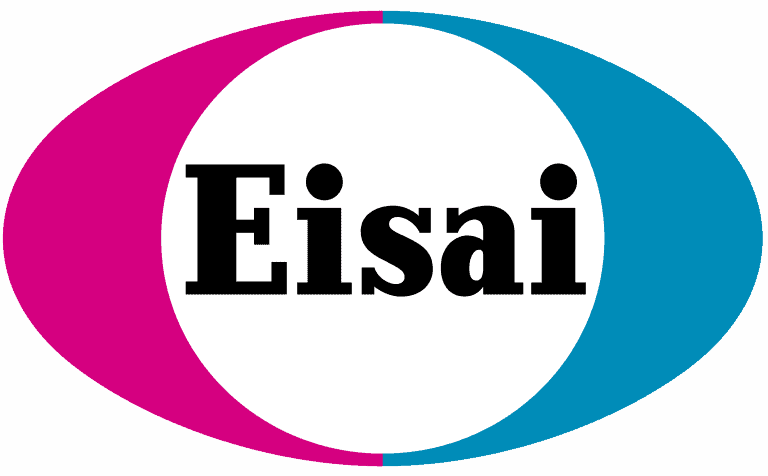Dravet syndrome can be conceptualized as a three-stage disease – the first stage (febrile; up to age 1) is typically characterized by prolonged complex febrile seizures and status epilepticus; followed by a second stage (worsening; up to age 5) which is characterized by the appearance of additional seizure types (e.g. generalized motor, atypical, myoclonic, absence) accompanied by cognitive, behavioural, and motor impairments; and then a third stage (stabilization; beyond age 5) characterized by shorter and less frequent, seizures; but more pronounced mental, motor and mobility impairments (e.g. intellectual disability, ataxia, crouched gait). The exact basis of Dravet syndrome at the neuronal level is still being debated, as are the mechanisms underlying transition to the different stages. Is it enhanced function of excitatory neurons or reduced function of inhibitory neurons? Or some combination?
In the current study, the authors performed sophisticated electrophysiology experiments on two types of neurons taken from Dravet mice, from a region of the brain called the hippocampus. Without getting too technical, they were excitatory (\”CA1 pyramidal neurons\” ) and inhibitory (\”oriens-lacunosum moleculare (O-LM) interneurons\”). They did a comparative analysis of both cell types through the febrile, worsening, and stabilization stages.
The results show a temporary increase in the excitability of CA1 pyramidal neurons during the febrile stage. This hyperactivity was fully reversed in the worsening stage, followed by a return to control values at the stabilization stage.
In contrast, O-LM interneurons showed reduced function that persisted from the febrile through the stabilization stages, with the greatest impairment occurring during the worsening stage.
These data indicate that both excitatory and inhibitory neurons contribute to Dravet syndrome. The biphasic mechanism, beginning with the contribution of excitatory neurons to the initial stage followed by disinhibition, was unexpected. These results emphasize that complex neuronal changes govern the trajectory of the disease, and they increase our understanding; although it is too early for them to translate into practical advice.







